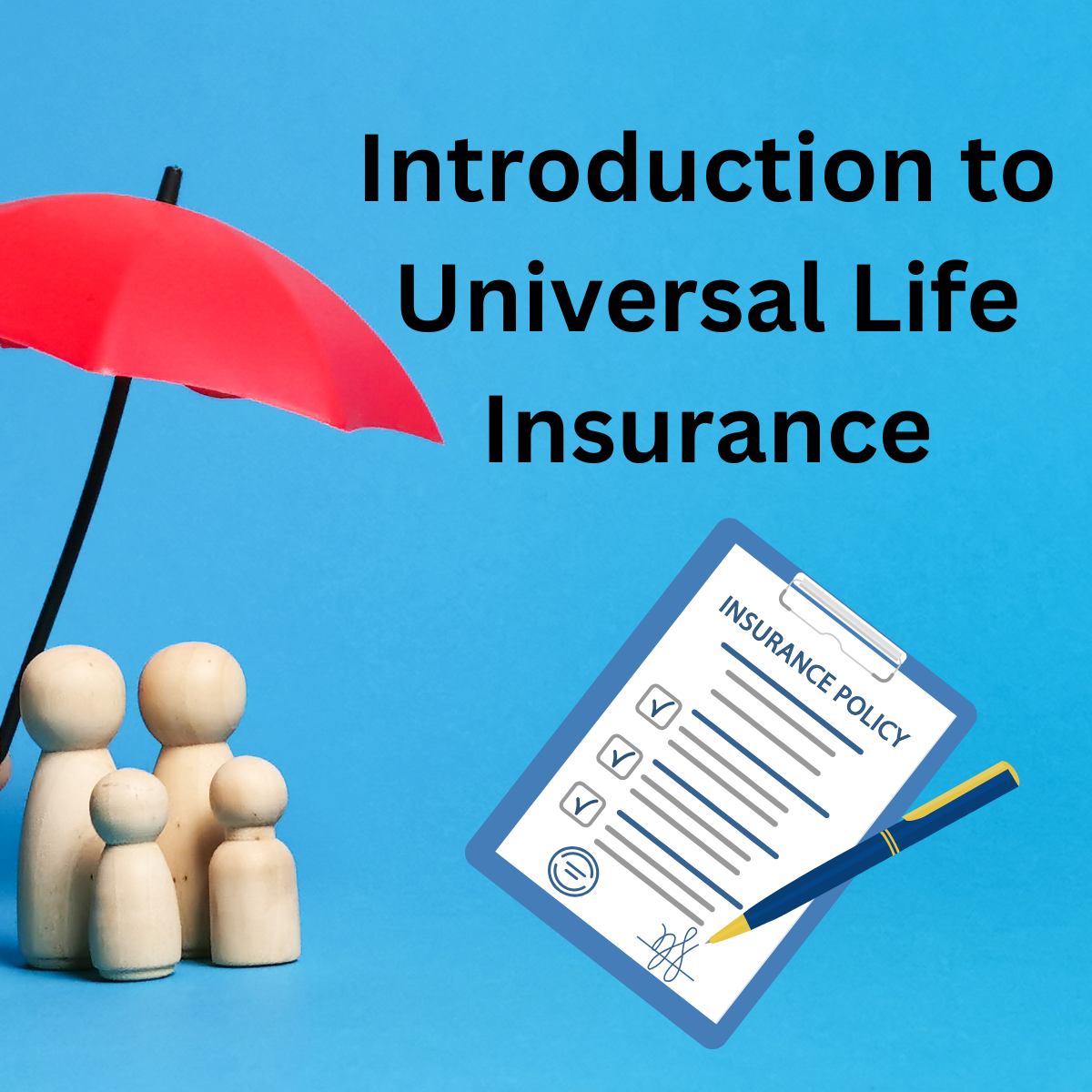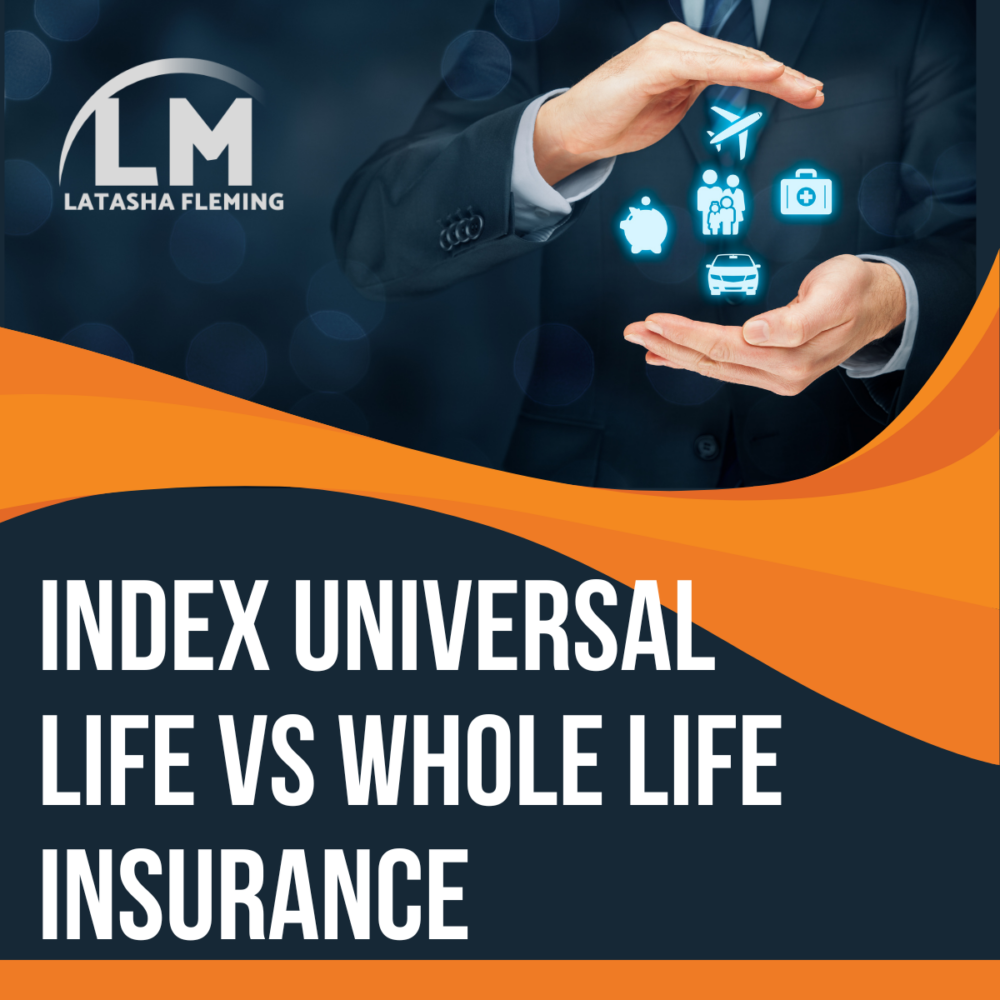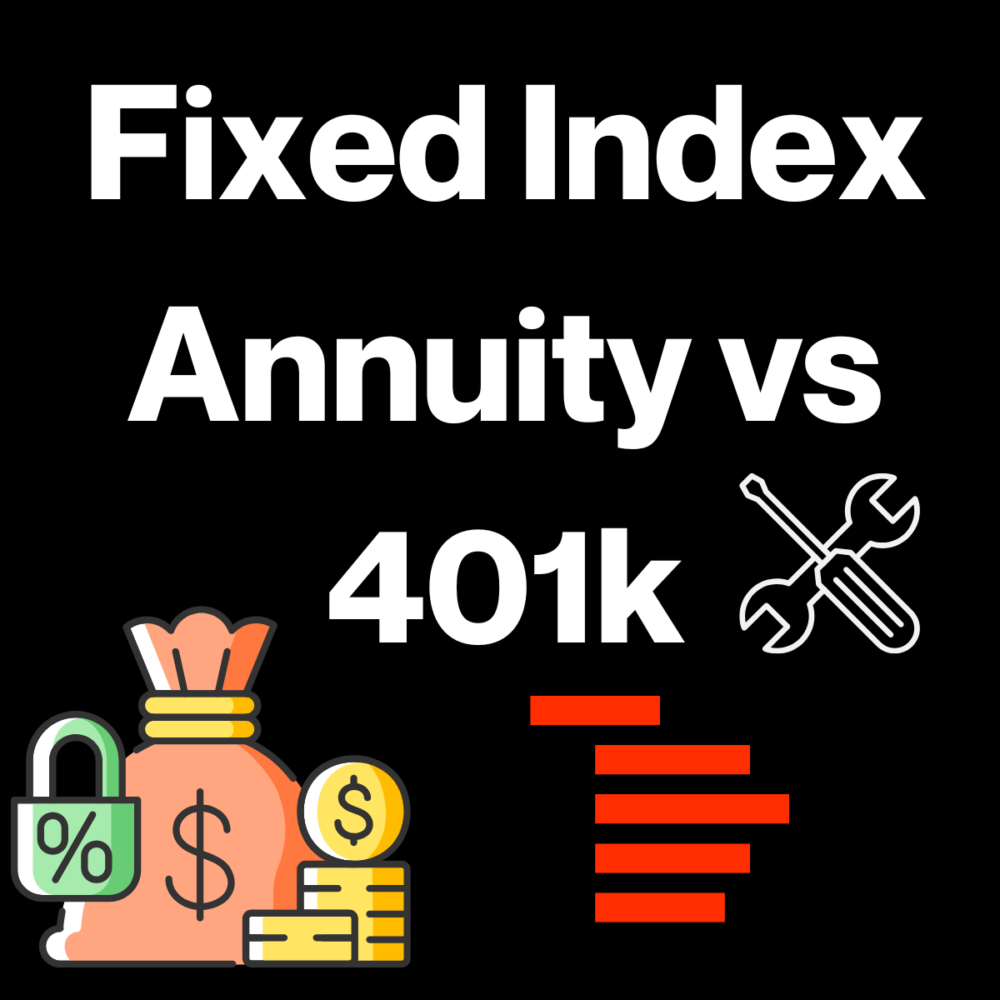$100.00 Original price was: $100.00.$1.00Current price is: $1.00.
- Real Time 155 Visitors Right Now
Description
Chapter 1: Understanding Life Insurance Basics
- Overview: This chapter provides a foundational understanding of life insurance, covering its purpose, types (term, whole life, and universal life insurance), and how life insurance works. It introduces core concepts like beneficiaries, premiums, coverage amounts, and the importance of having life insurance as part of a financial plan.
Chapter 2: Introduction to Universal Life Insurance
- Overview: This chapter explains what Universal Life Insurance (ULI) is, its structure, and how it differs from other forms of life insurance. It covers the flexibility and features of ULI, such as adjustable premiums and death benefits, along with the focus on accumulating cash value over time.
Chapter 3: Comparison of Universal Life Insurance with Other Life Insurance Policies
- Overview: Provides a comparative analysis between Universal Life Insurance and other types of life insurance products, such as whole life and term life insurance. This chapter examines the pros and cons of each policy type, helping learners understand when Universal Life Insurance is most beneficial compared to other options.
Chapter 4: Policy Components and Options in Universal Life Insurance
- Overview: This chapter breaks down the key components of a Universal Life Insurance policy, including the death benefit, cash value, premium payments, and the flexible nature of these elements. It also explores the options available within ULI, such as the ability to adjust the coverage amount and premium payments over time.
Chapter 5: Understanding Cash Value Growth
- Overview: Focuses on how the cash value in a Universal Life Insurance policy grows over time. This chapter explains how the cash value is credited with interest, the factors influencing growth, and how it can be used for policy loans or withdrawals. It also covers the impact of market interest rates and policy costs on cash value accumulation.
Chapter 6: Policy Management and Maintenance
- Overview: Covers the ongoing management and maintenance of a Universal Life Insurance policy. This chapter discusses the importance of monitoring the policy’s performance, paying premiums on time, and adjusting the policy to meet changing financial goals. It also explains how policyholders can review and make changes to their death benefit and cash value as needed.
Chapter 7: Tax Implications of Universal Life Insurance
- Overview: This chapter delves into the tax treatment of Universal Life Insurance policies, including tax-deferred growth of cash value, tax-free death benefits for beneficiaries, and the tax implications of policy loans and withdrawals. Understanding these tax advantages is crucial when evaluating the financial benefits of ULI.
Chapter 8: Case Studies and Practical Applications of Universal Life Insurance
- Overview: This chapter presents real-world case studies and practical examples that demonstrate how Universal Life Insurance can be used in various financial planning situations. It explores applications in estate planning, business planning, and retirement income strategies, offering insights into how individuals and families can leverage ULI for long-term financial goals.
Chapter 9: Regulatory Environment and Compliance in Life Insurance
- Overview: Focuses on the regulatory framework that governs Universal Life Insurance, including compliance with federal and state laws, the role of the National Association of Insurance Commissioners (NAIC), and how regulatory changes can impact policyholders. It also discusses consumer protection laws and the importance of choosing a licensed insurer.
Chapter 10: Final Assessment and Review
- Overview: A comprehensive review of all the concepts covered in the course, with a final assessment to test understanding and retention of key topics. This chapter includes quizzes or tests to help learners assess their knowledge of Universal Life Insurance and ensure they are prepared to make informed decisions about using or selling ULI policies.








Reviews
There are no reviews yet.